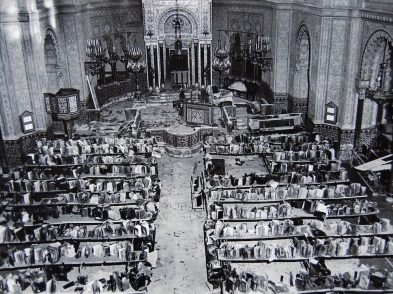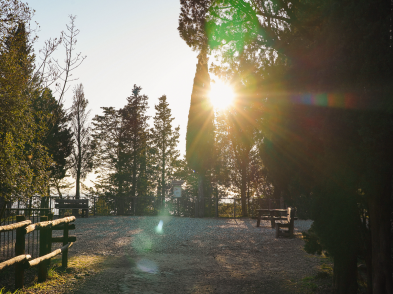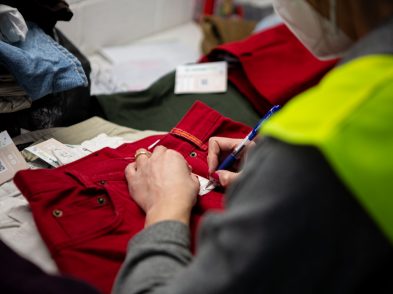Palazzo Strozzi and the Bargello Museums present Donatello, The Renaissance, a historic international exhibition in Florence. The authoritative title of the show is an assertion of how very important this artist is for the period he represents: Donatello is not just a shaper of an age, but a rupture with the past, an artist who introduced new ways of thinking, producing and experiencing art.
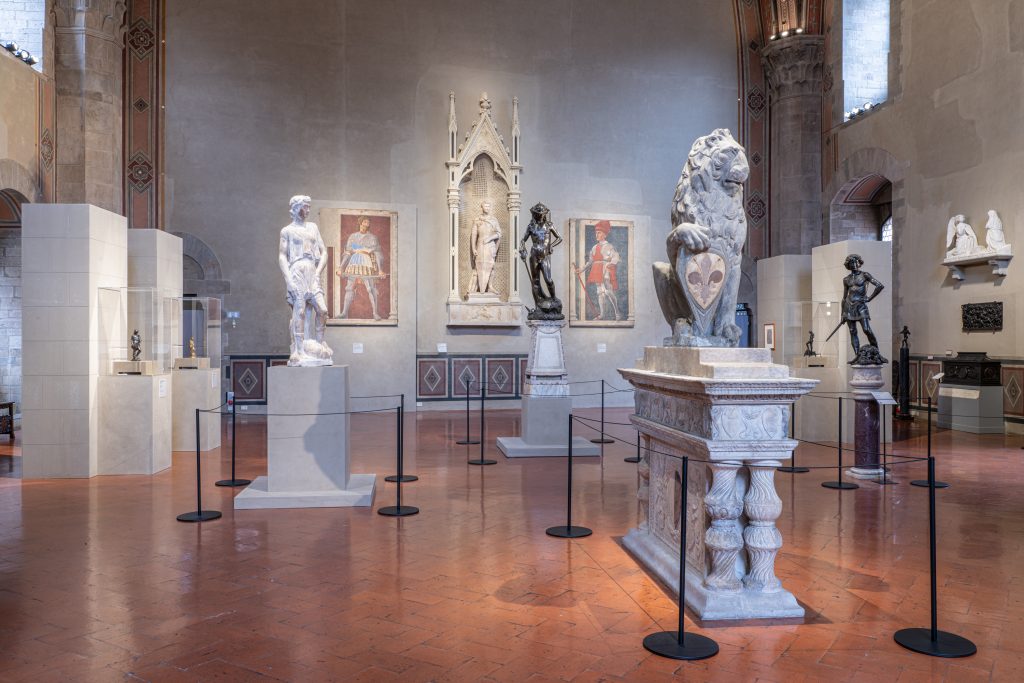
About Donatello
The 20-year-old Donatello began his career in his native city of Florence at the turn of the fifteenth century, training as a goldsmith and in bronze casting under Lorenzo Ghiberti, and also learning marble carving, the medium of his first commissions for the cathedral of Florence. In the subsequent 60 years, he would work in every possible three-dimensional medium, travel up and down the peninsula, and directly influence the visual arts for some two centuries. With Brunelleschi, he helped develop rational perspective in art; he challenged the limits of sculpture by practically painting in marble with his rilievo schiacciato (or low relief technique); and he figured out how to make the first over-life-sized bronze equestrian monument since antiquity. Over his long life, he never stopped experimenting and evolving, both stylistically and philosophically, turning to an intense religious and penitent style in his old age.
About Donatello, the Renaissance
Curator Francesco Caglioti takes on the rather impractical challenge of a monographic exhibition on Donatello, given the artist’s prolific production and the number of immovable works. However, thanks to the collaboration with the Bargello and other local institutions like the Opera di Santa Croce, it has been possible to gather some of the city’s most important Donatellos at Palazzo Strozzi, while others can be seen in the extended exhibition path at the Bargello Museum.
Moving through the exhibition, I found myself literally gasping at the curator’s audacity in procuring seemingly impossible loans that create unparalleled comparisons. In the first room alone, we have Donatello’s early masterpiece, the marble David that very rarely moves from the Bargello, flanked by two crucifixes that are part of Vasarian lore; Giorgio Vasari says that Brunelleschi criticized a crucifix that Donatello sculpted for Santa Croce, saying it looked like a peasant on a cross, and then proceeded to make a more appropriately Christ-like version for Santa Maria Novella. These early works serve to highlight the important collaboration between two fundamental artists of the Renaissance, as well as to show Donatello’s precocious talent for naturalism.
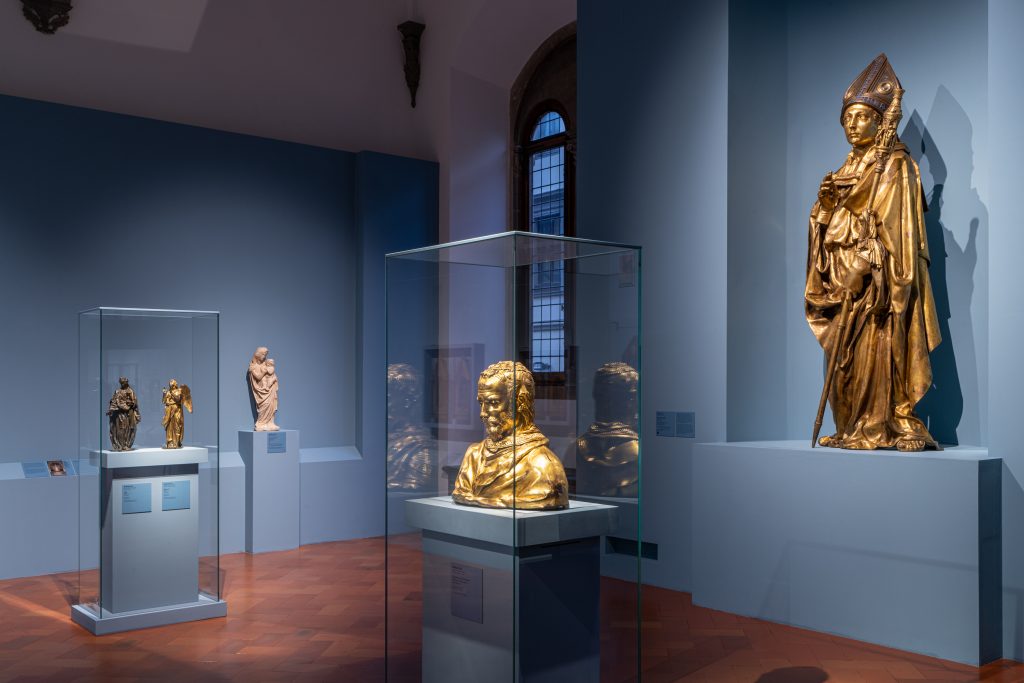
Beyond comparisons like this, the exhibition gives us access to numerous sculptures loaned from museums abroad as well as newly restored works for the occasion, or simply works within a different display context. For example, Donatello’s large bronze Saint Louis of Toulouse from Santa Croce is placed lower here than it is in the museum across town, so we can clearly see its clever construction. As an economic solution, it was cast in numerous pieces that give the impression of depth and volume, while actually being an empty shell.
Restorations
The exhibition has been an opportunity to fund 14 restorations, eight of which are works by Donatello. It’s a particular pleasure to get a close look at the Feast of Herod panel from the baptismal font in the Baptistery of San Giovanni in Siena (1423-27), which demonstrates the artist’s mastery of spatial illusion as a frame for human emotion. The commission in Siena for five reliefs recounting the story of the life of the Baptist pitted a mid-career Donatello against three of Tuscany’s top sculptors: Ghiberti, Jacopo della Quercia and Turino di Sano. Frequent visitors to the Bargello may recall here the competition panels for the first set of Florence Baptistery doors just two decades earlier (1401-02), in which Ghiberti emerged a clear winner against Brunelleschi due to his efficient use of space to create action and emotion. In Siena, Ghiberti produces two works, one staying true to his North Door style and the second anticipating his innovative Gates of Paradise that would represent the following 25 years of his career and the next step in Renaissance sculpture. Donatello’s relief is in a similar style, already attune to these changes, with a sensitive use of chiaroscuro that plays with gold leaf and bronze, volume and void.
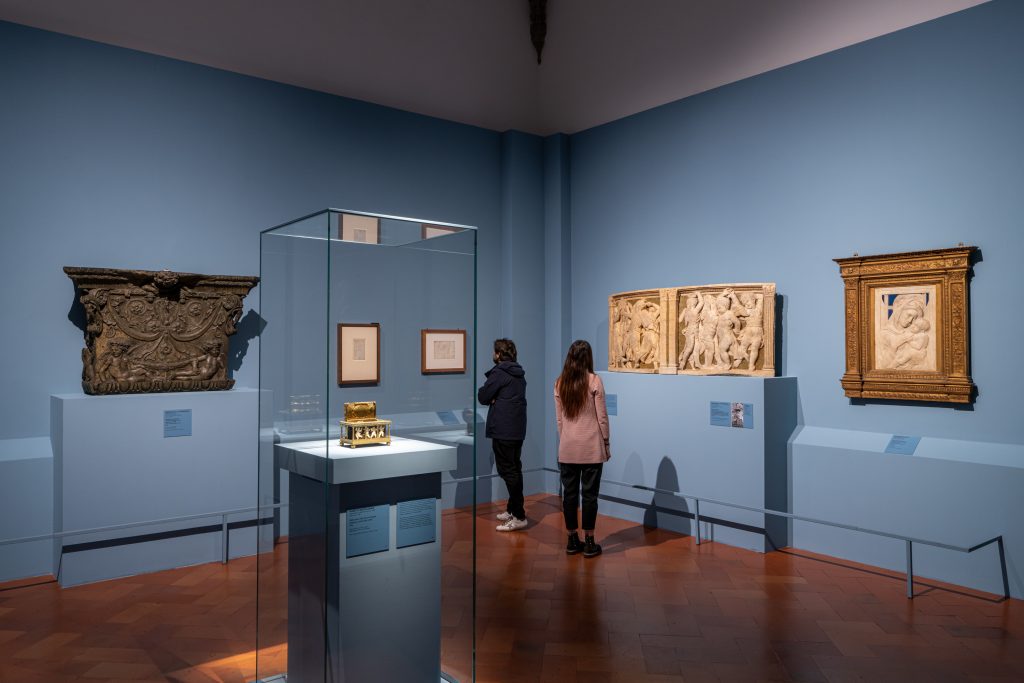
Smaller, more private works of art
But this is not just a show about monumental or important sculptural commissions, and that’s one of the reasons why I like it so much. Important to understanding the whole of the artist’s impact on his era are the smaller, more private works that Donatello and his workshop dedicated much time to producing. These charming Madonna and Child figures were a household staple in middle-class Renaissance Florence. Gesso and terracotta versions might adorn walls of more modest households, while painted or marble sculpted versions would be the territory of the city’s patricians. The tender, intimate Pazzi Madonna (1422), a low-relief marble, is a key loan from Berlin’s Staatliche Museen and is indeed present on the exhibition posters around the city. The curators use it as an early example of the creation of three-dimensional space through one-point perspective. Much admired, this work was replicated in terracotta and stucco, where the affective composition of the two figures carried on, while the innovative surface and perspective were lost.
The exhibition Donatello, The Renaissance clearly represents massive collaboration amongst museums and institutions. The show is set to travel, with variations on the loans and catalogue, to the Staatliche Museen in Berlin and the Victoria & Albert Museum in London. With the dominating presence of key works from the Bargello Museum, it’s hard to imagine that versions in other cities will be quite as extensive as the Florence one, so I’m convinced that this is a show that could only happen—and should be seen—in Donatello’s birthplace.
Donatello, The Renaissance
Palazzo Strozzi + Museo Nazionale del Bargello
March 19 to July 31, 2022

